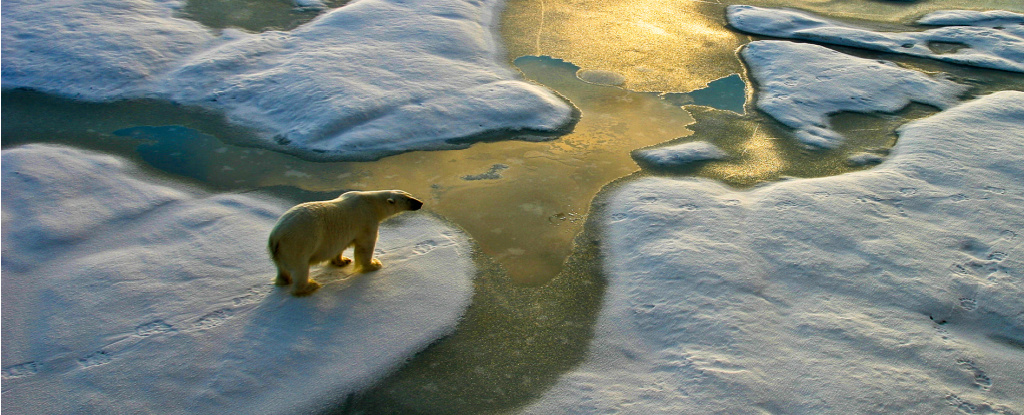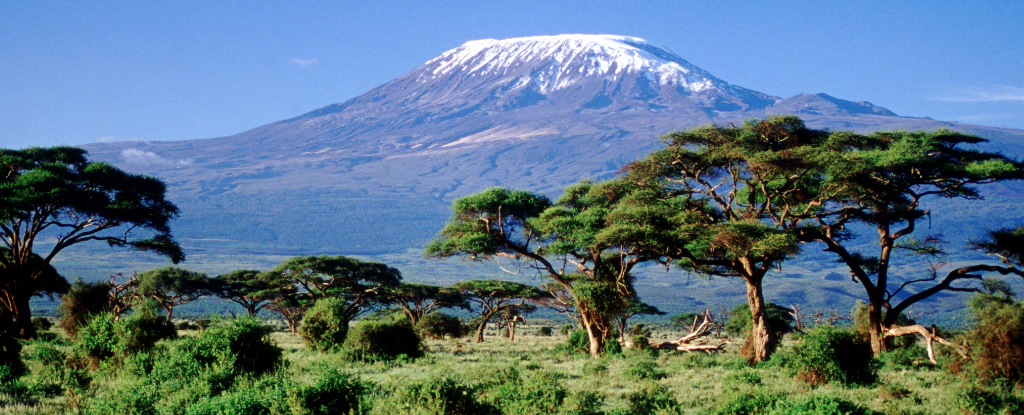A decades-long global environmental pact has averted massive sea-ice loss in the Arctic, new research shows.
The ban on ozone-depleting gases under the historic 1987 Montreal Protocol delayed the first, dreaded ice-free Arctic summer by up to 15 years, the study found. Once again This shows that global treaties can have a big impact.
“When stopping [sea ice loss] wasn’t the primary goal of the Montreal Protocol, it was a fantastic by-product,” says Mark England, climate researcher at the University of Exeter, co-author of the study.
Apart from destroying ozone In the atmosphere, the CFCs (chlorofluorocarbons) banned under the Montreal Protocol are also heat-storing gases. Although it is not as common as other greenhouse gases such as carbon dioxide (CO).2), studies like this show that CFCs can have a real impact on global warming.
England and Lorenzo Polvani, a geophysicist from Columbia University in the US, used climate models to simulate different “worlds” that the Montreal Protocol helped avoid. They found that if the historic treaty had never come into effect, the Arctic polar cap would be almost 1°C warmer in 2050 and the first summer without Arctic sea ice would likely come seven to 15 years earlier than expected, depending on our future CO2 emissions2 emissions.
And that’s a conservative estimate: If emissions of ozone-depleting gases had increased by 7 percent per year without the protocol, “the first ice-free Arctic summer conditions would have occurred as early as this year,” according to the researchers write. That’s right: the Arctic summer ice would have practically disappeared by now.
Instead, for every kilotonne of ozone-depleting gas emissions, the treaty, which went into effect in 1989 and is still in effect today, avoided around 7 square kilometers of sea ice loss in the Arctic slowly heal the ozone hole hovers over Antarctica.
The researchers estimate that this fortuitous climate advantage means that more than half a million square kilometers of Arctic sea ice will not be lost by 2020 due to the global compact.
“Our results clearly show that the Montreal Protocol was a very effective climate protection treaty and did much more than just heal the ozone hole over the South Pole.” says Polvani. “Its effects are being felt around the world, especially in the Arctic.”
Added to this are most of the negative consequences predicted by opponents of the Montreal Protocol never came aboutsays England.
Instead, we’re beginning to really appreciate the remarkable impact of the protocol to the global climate: Save the ozone layer from collapse by 2040 and elimination of the equivalent of 500 tons of CO2 emissions per year in the US alone by 2025.
“The Montreal Protocol is probably our most successful global warming treaty,” said University of Wollongong biologist Sharon Robinson told cosmos earlier this year.
Of course, the Arctic isn’t out of the woods yet, and the future is still uncertain. Arctic ice is Thinning is decreasing at a worrying rateand current estimates suggest the region will experience its first ice-free summer by mid-century (that’s just 27 years from now).
Reversing global warming depends on our ability to deeply reduce and then sustain greenhouse gas emissions. In April, worrying news surfaced suggesting a handful of CFCs had done so reached record highs although it was banned for decades.
This shows that careful monitoring is a must and contracts sometimes need revision: the recent signing of the 2016 Kigali Amendment to the Montreal Protocol aimed to reduce the use of hydrofluorocarbons (replacing CFCs) in the coming decades , so that CFCs can no longer be used. During production, it must not be leak-free.
Scientists have only just realized this underestimated the impact a lesser-known, short-lived, halogen-containing compound not banned under the Montreal Protocol — another warning clamoring for efforts to reduce methane, a greenhouse gas more potent than carbon dioxide keep on climbing.
While the Montreal Protocol serves as an enduring inspiration for global treaties, it is clear that we still have work to do to eradicate pollution in all its stubborn forms and engage everyone in efforts to reverse the evolution of our planet.
The study was published in PNAS.





